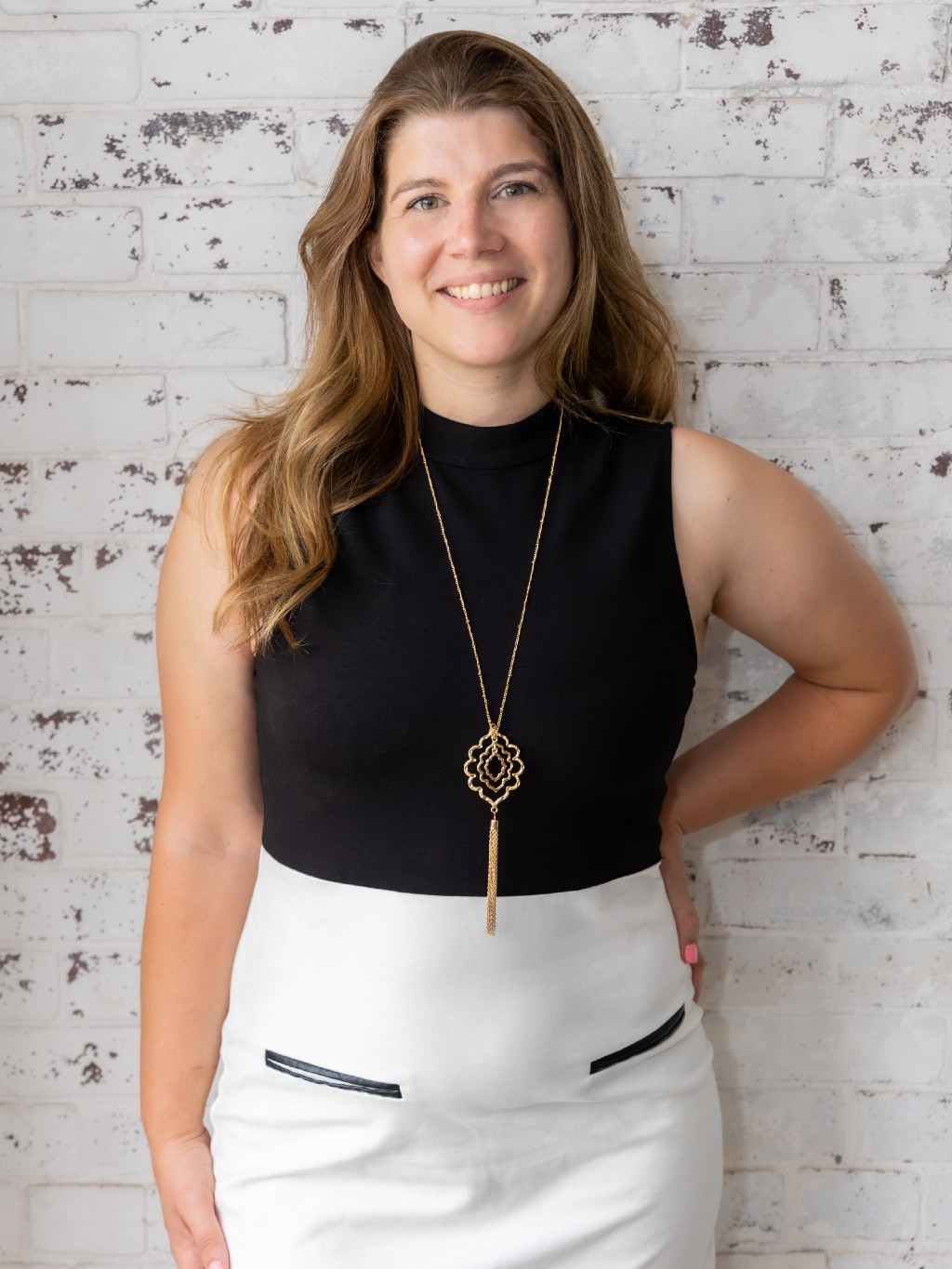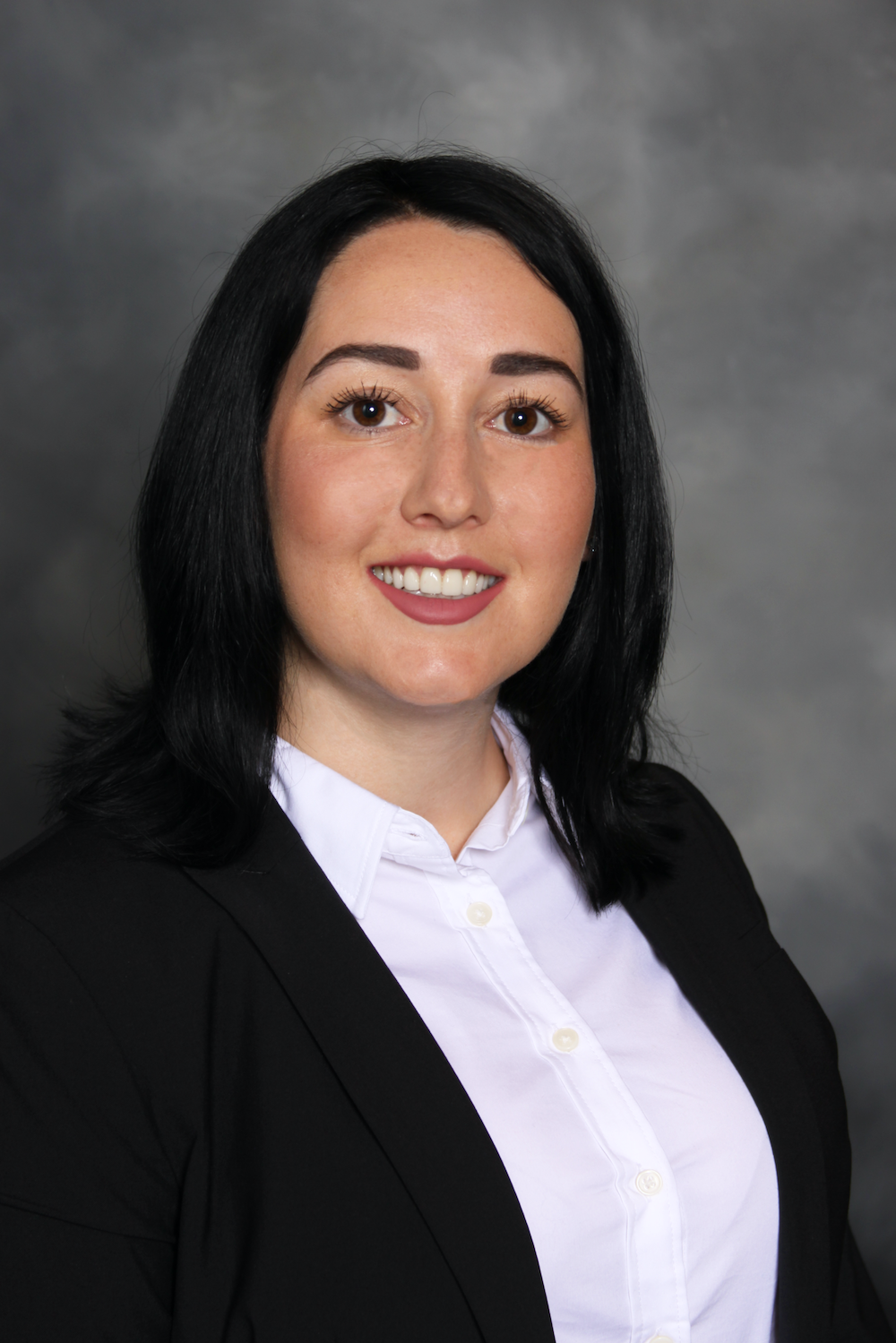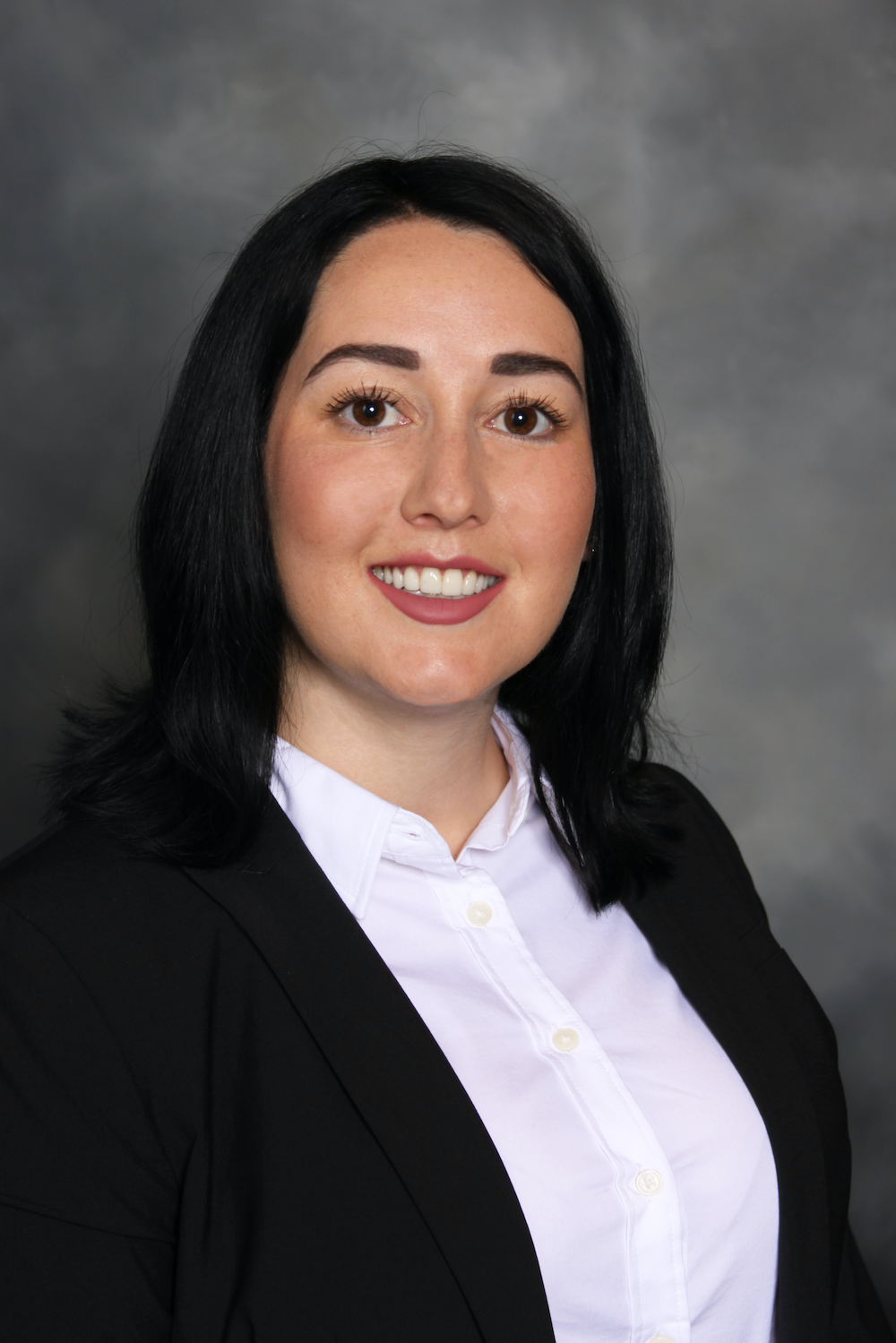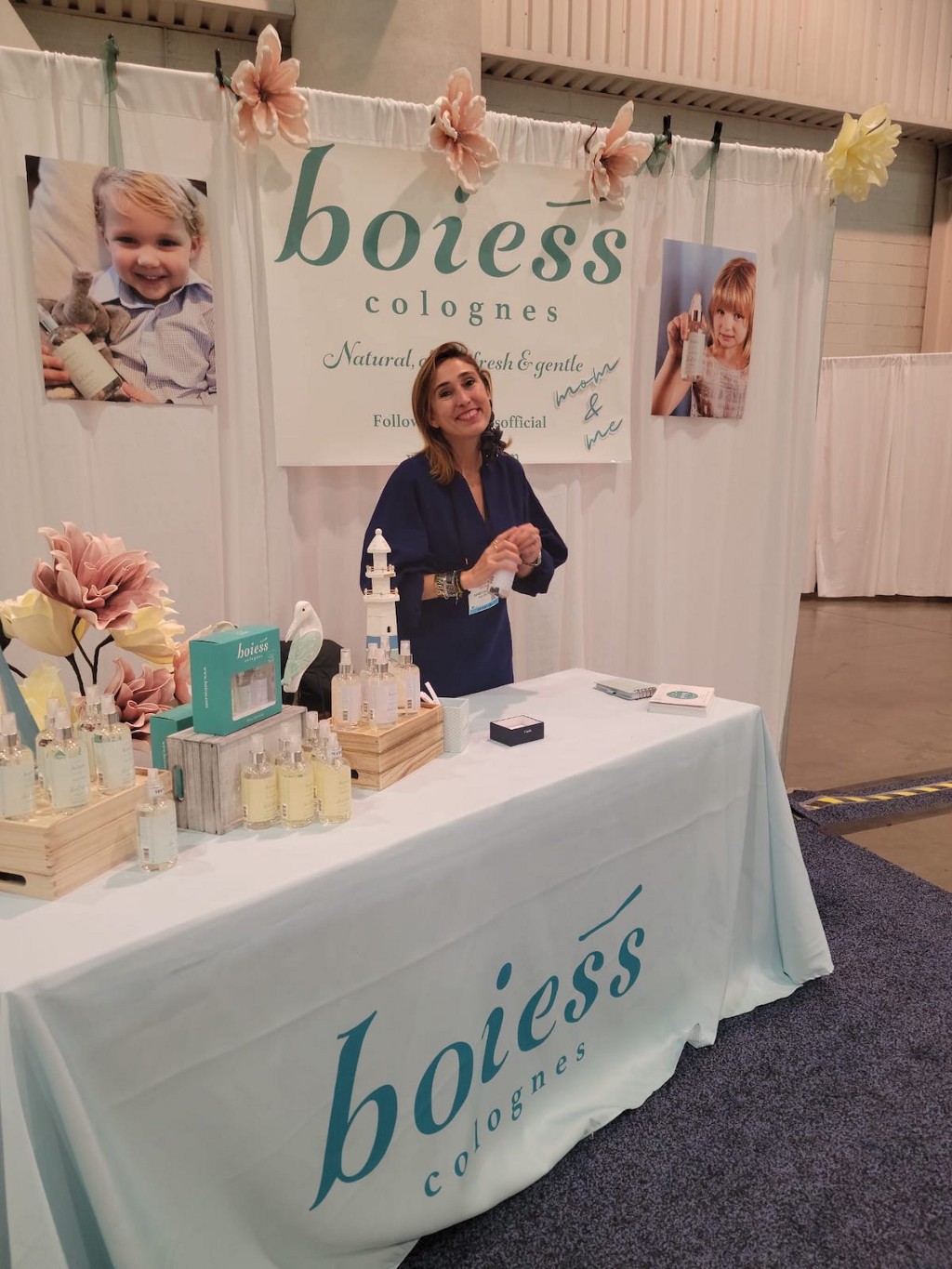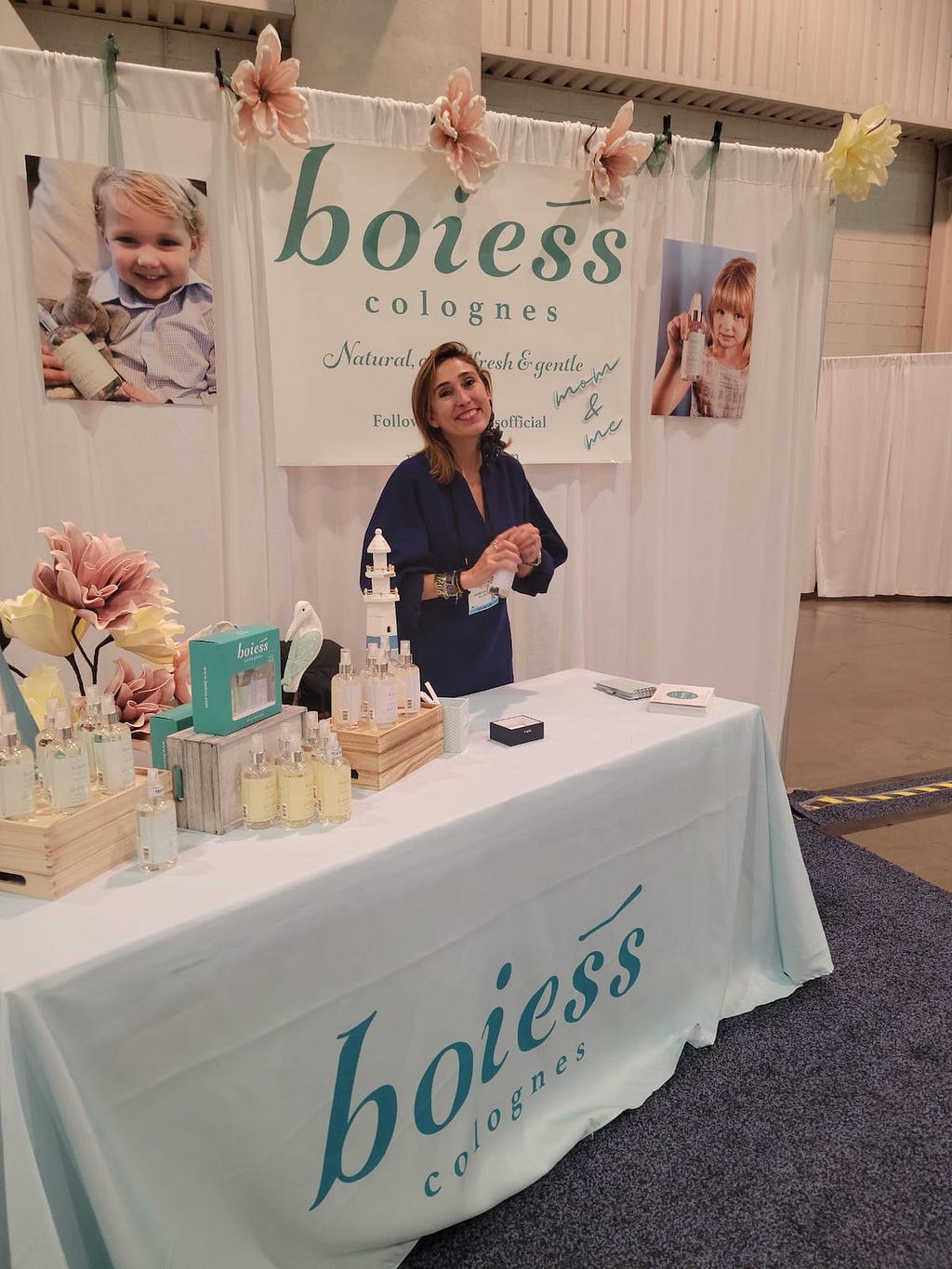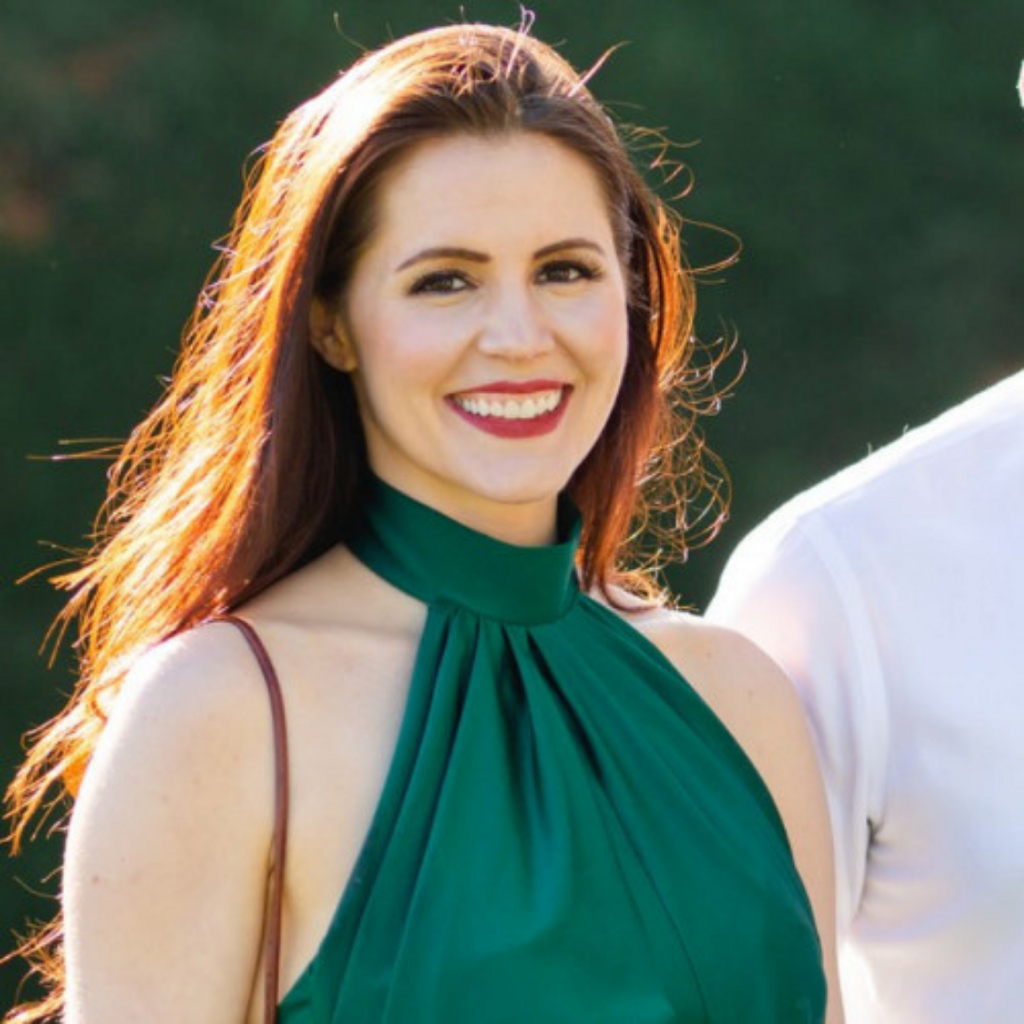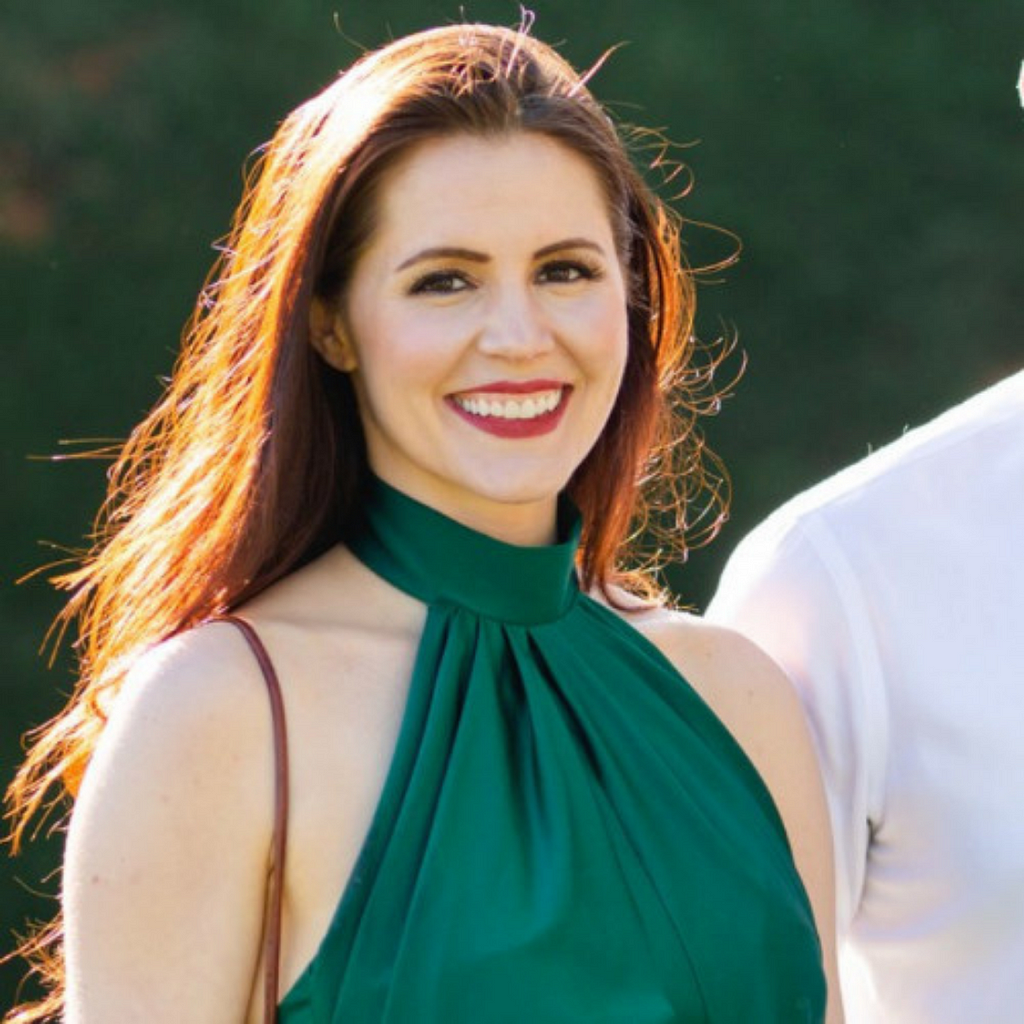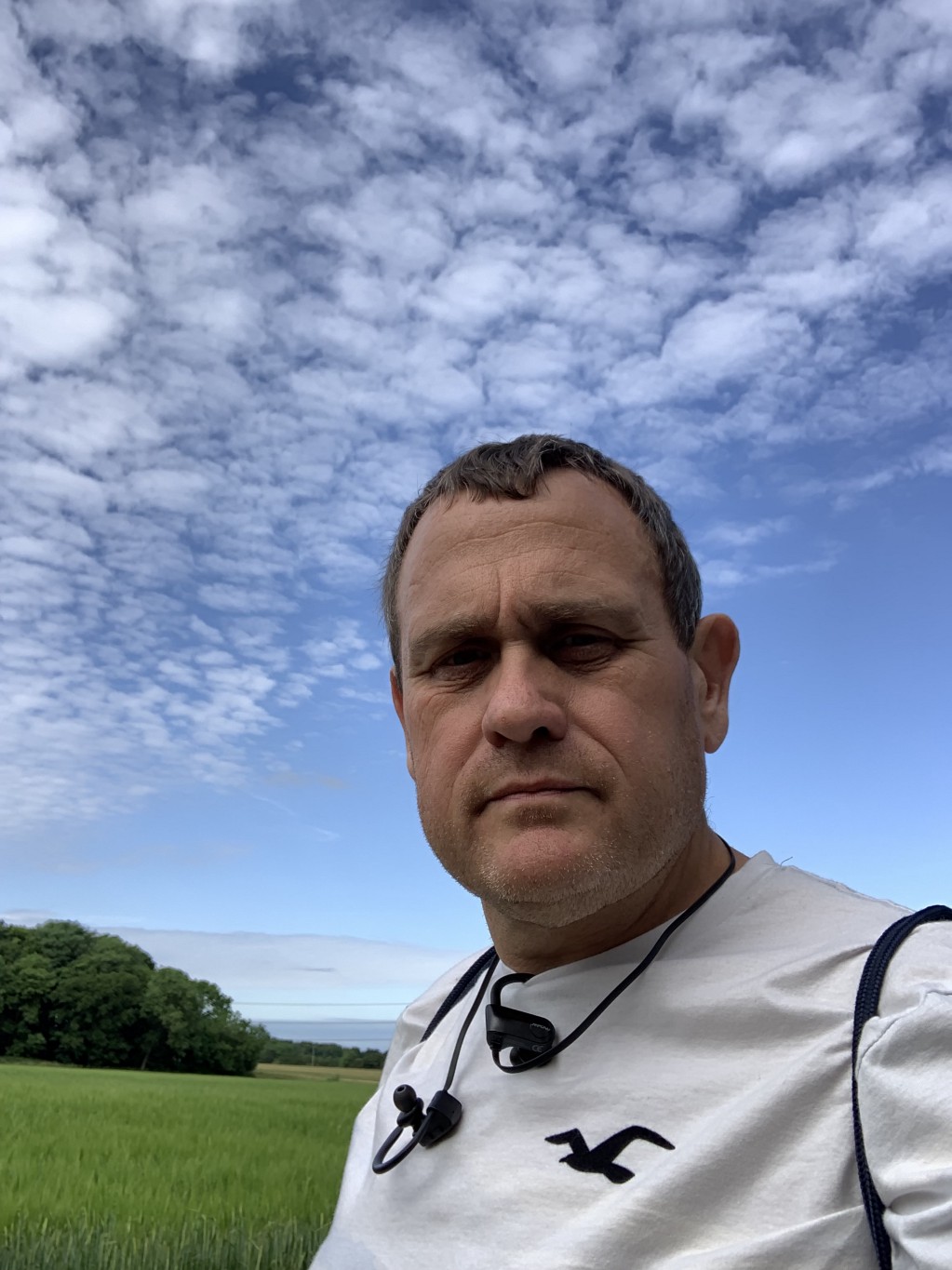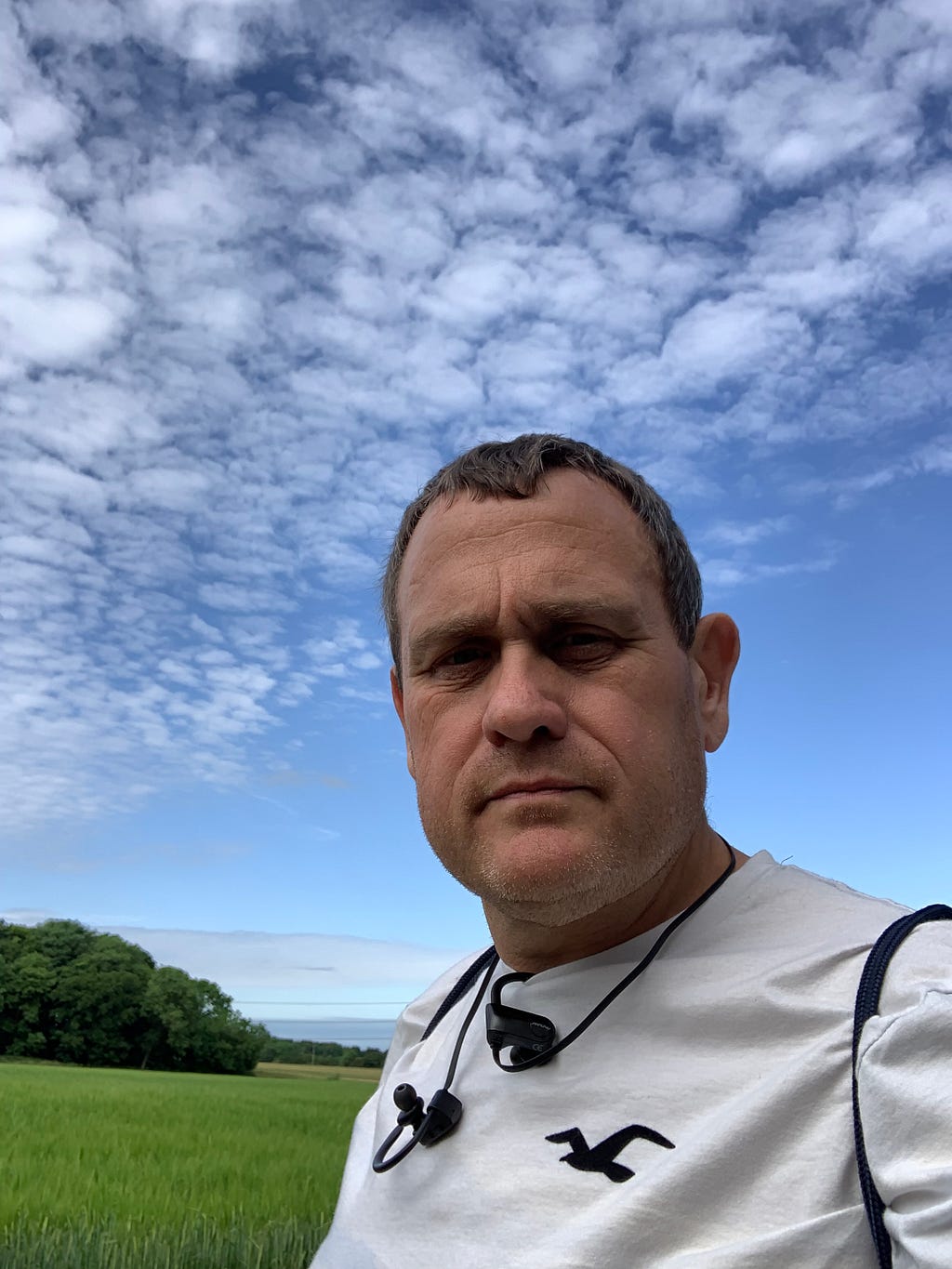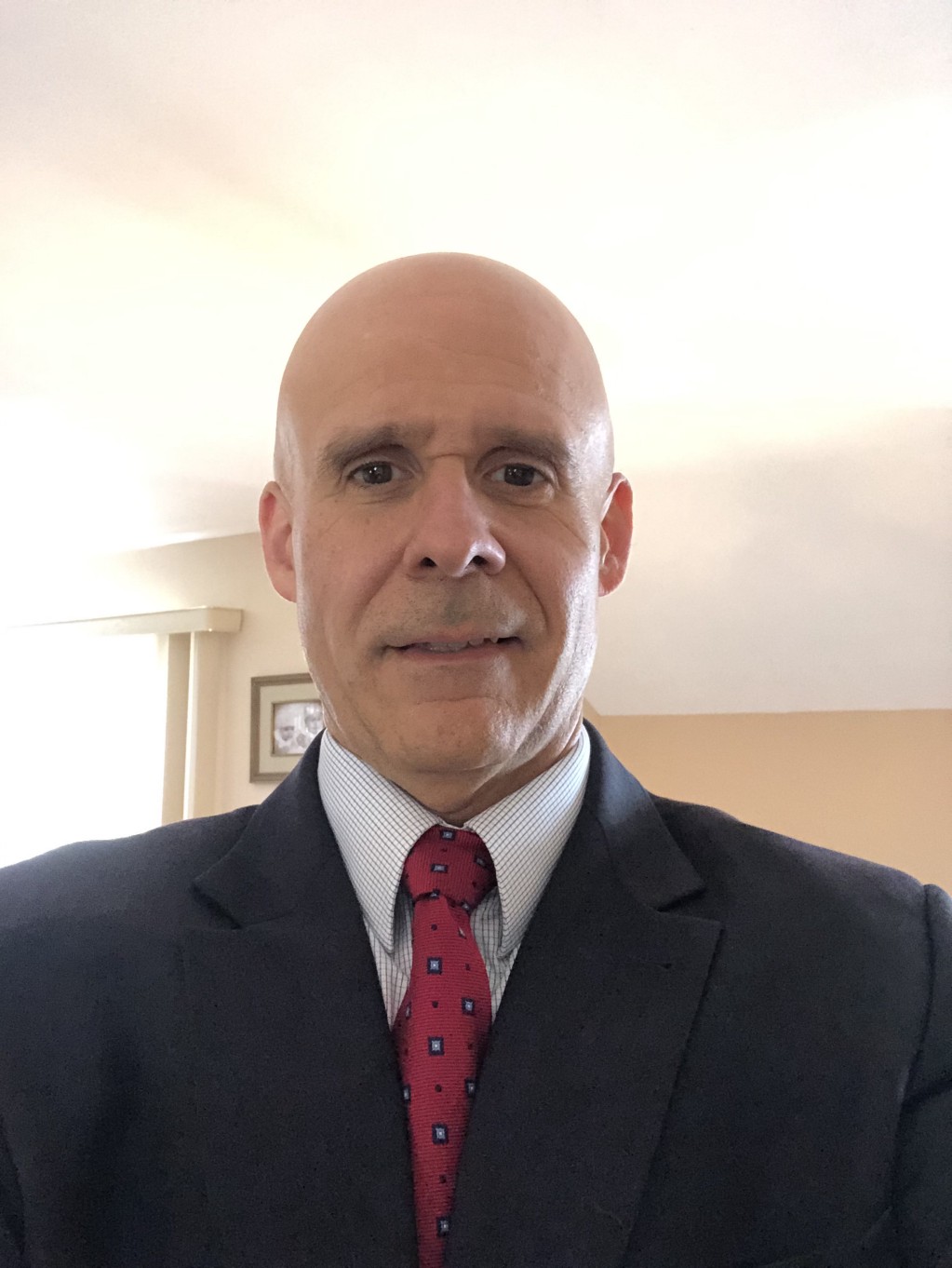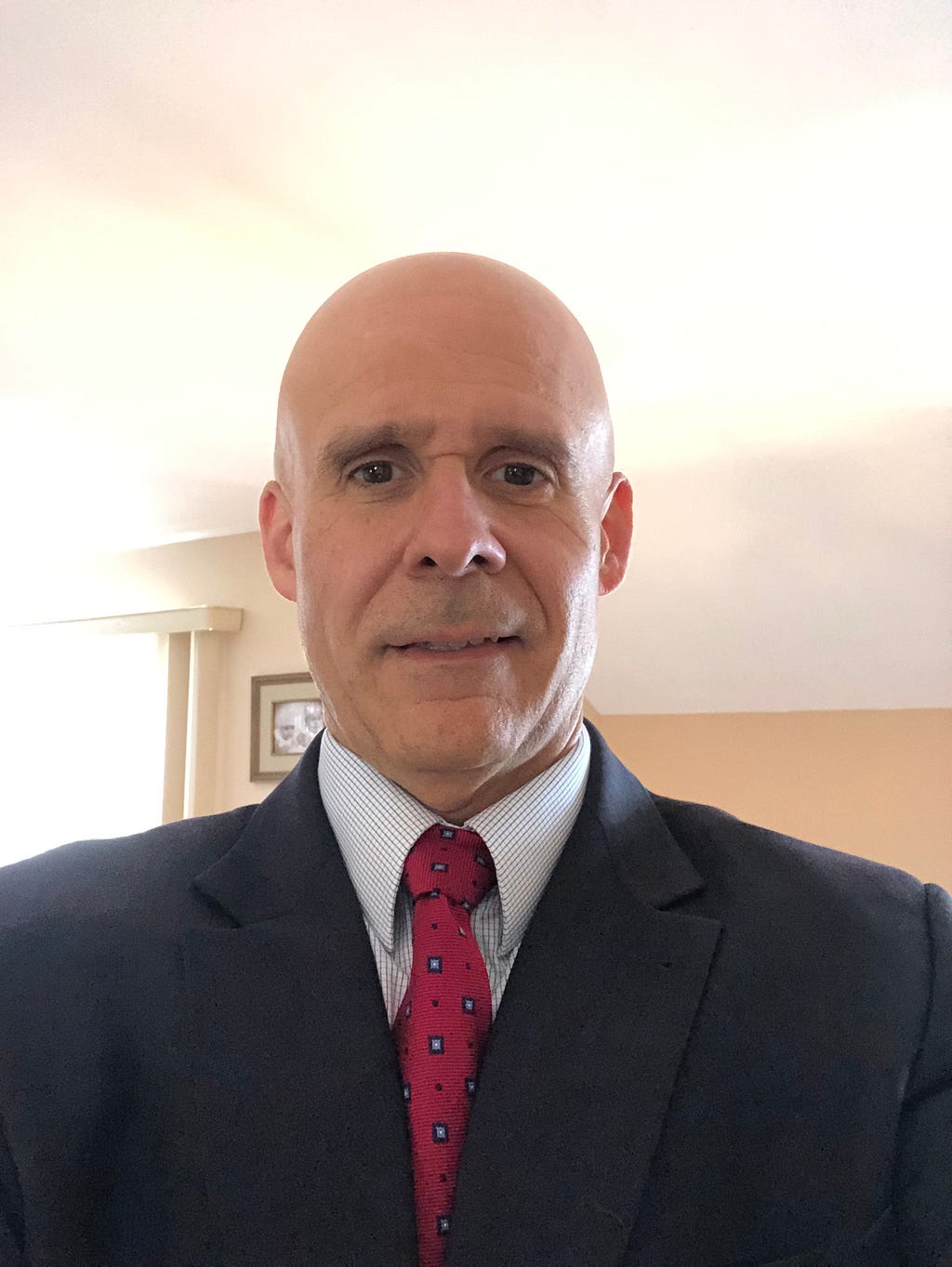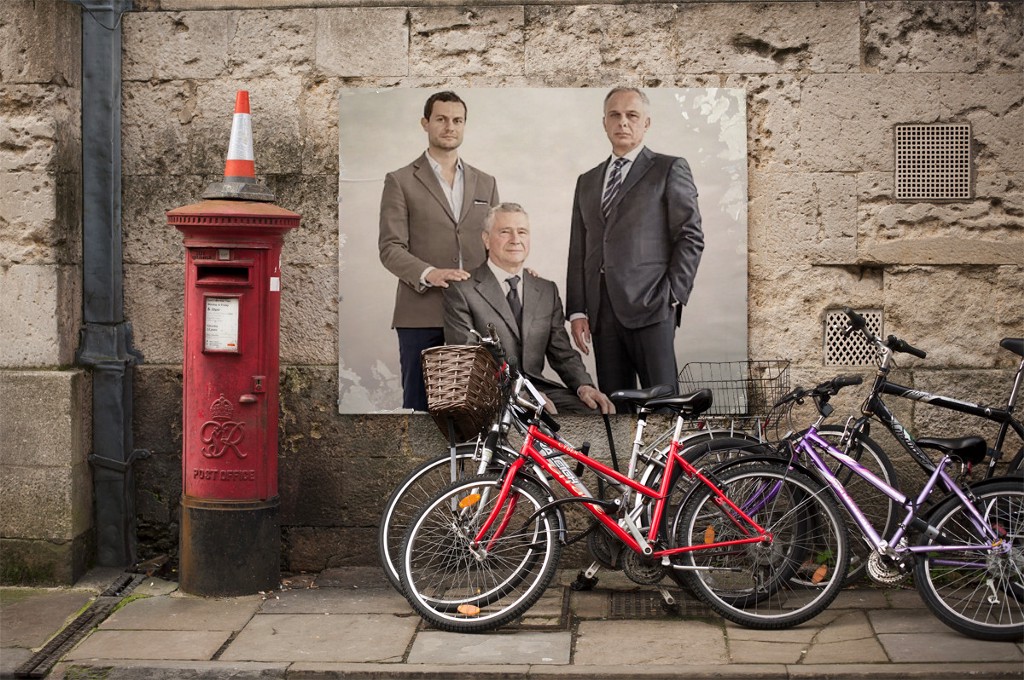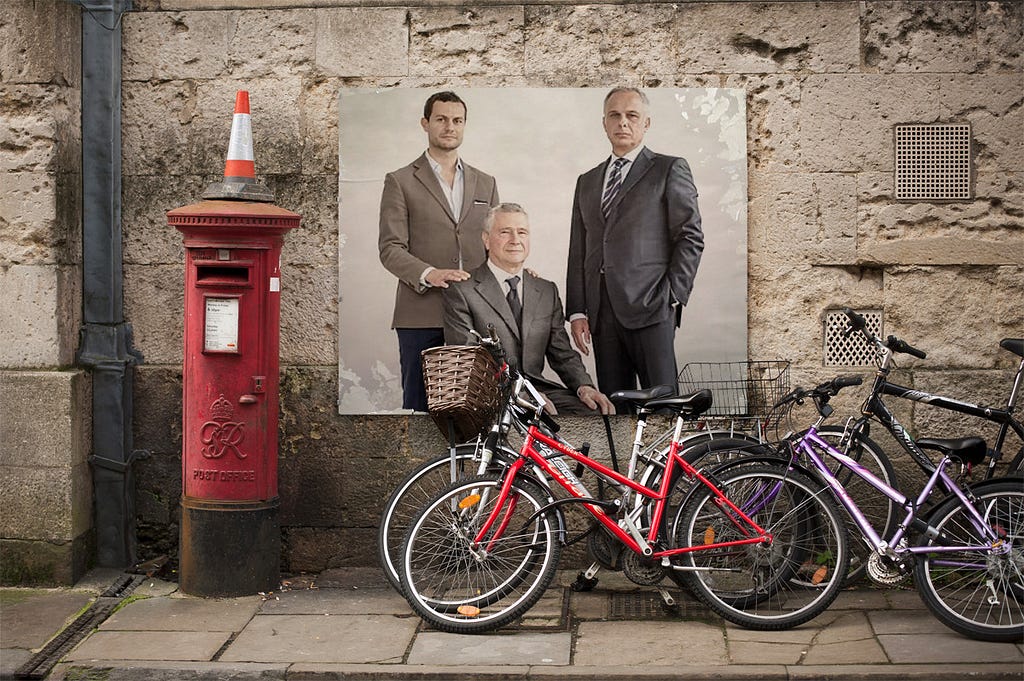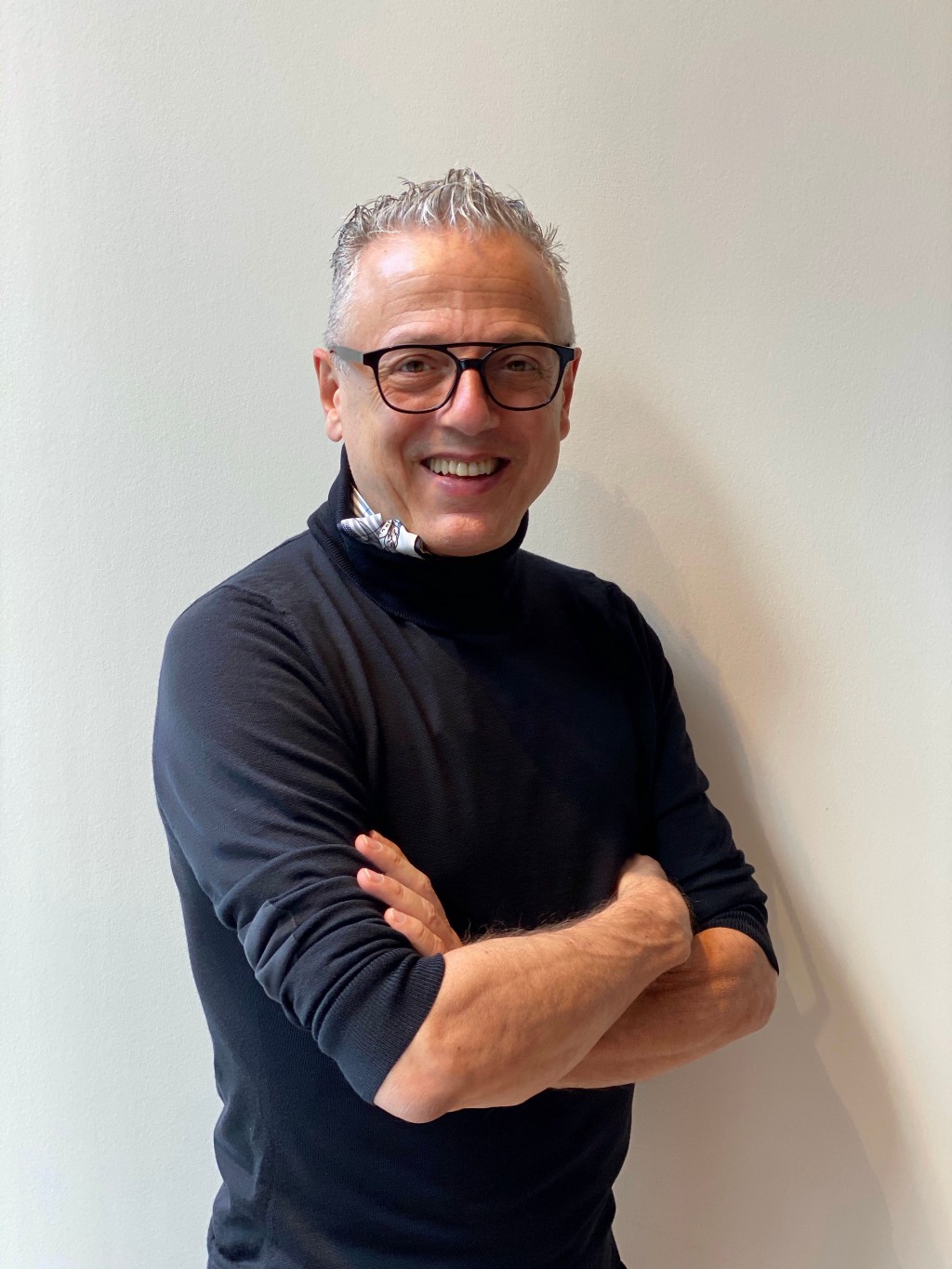Women In Wellness: Jessica Harrington of Journey To Yourself on the Five Lifestyle Tweaks That Will Help Support People’s Journey Towards Better Wellbeing
An Interview With Candice Georgiadis

SELF-AWARENESS: The awareness to know that what works for me may not work for you. For example, I LOVE to read. Reading is one of the best ways for me to regroup and relax. You may hate the smell of book stores and paperback books, and I want to breathe them in. My best friend loves those “color by numbers” and can spend hours working on one to relax. Me, just thinking about them makes me stressed.
As a part of my series about the women in wellness, I had the pleasure of interviewing Jessica Harrington MPH.
Jessica Harrington, MPH, is the owner of Journey to Yourself, a speaker, and stress management coach. Jessica educates others about stress by telling her story of growing up with addiction and mental health in her family, leading her to start her career in the drug and alcohol field. While growing her business, she divorced her high school sweetheart and realized how easy it is for us to put others’ needs and wants first, creating our own stress and unhappiness. After some time, and some healing, Jessica started Journey To Yourself.
Thank you so much for joining us in this interview series! Our readers would love to “get to know you” better. Can you share your “backstory” with us?
Thanks for this opportunity to share. Yes, so I grew up with addiction and mental health in my household. The thing was, no one knew. No one knew because I always kept a smile on my face. No one knew about the pain and fear. I chose to show only happiness. The issue was, because I never let myself process the pain, I took this habit with me into my work and relationships. I married my high school sweetheart and again outside looking in, it was a “white picket fence” family. No one knew about the addiction within the household. I started working on myself, which led to opening my eyes that things needed to change. Divorce happened. I gave up my house we built together–everything from the relationship to the materials within. I took my car and dogs and left. After lots of tears and continuous healing, I started my business called Journey To Yourself.
Can you share the most interesting story that happened to you since you started your career? What were the main lessons or takeaways from that story?
The first thing that comes to my mind is the connections that I have made with other women and myself. Women share this incredible bond of supporting one another. Strong women want to help other women reach their dreams and be a shoulder to cry on. Just listen to another woman’s story and you will hear their strength and all they have overcome, and they will mention that one woman in their life that had helped them on the hard days. This could have been that stranger that became a friend, a sister, aunt, mom etc…
What also comes to mind that ties in with that is the day I took the chance, not to start the business, but actually take steps to grow my business. These steps included working on myself, the biggest one was asking for help. Who really likes asking for help, you know? This goes back to what I was just saying: women supporting other women is one of our greatest strengths.
Can you share a story about the biggest mistake you made when you were first starting? Can you tell us what lesson you learned from that?
Not believing I was loved. For years, I never thought of others loving me as me. I never told people when my birthday was. I ignored the day that was meant to celebrate me because I didn’t want to see how many people did not care. Flash forward to now with the continuous healing and I have learned how much I am loved. I learned about the ones that will always have my back. The ones that I can count on. I will say it might not always be the ones you expect, but they are out there. You are loved!
Let’s jump to our main focus. When it comes to health and wellness, how is the work you are doing helping to make a bigger impact in the world?
First, I want to say we all have a part in this, making an impact on the world. For me, specifically, I am a stress management coach because stress is something we all encounter every day. I truly believe we need to work on ourselves every day. As women, we spend our time focused on everyone else BUT ourselves. I believe and teach that we need to work on ourselves every day because when we start to focus on ourselves, we create awareness of ourselves. We learn about ourselves- who we are, what we want and need in our life. When we learn this about ourselves, we are then able to create boundaries, set priorities, and communicate.
Can you share your top five “lifestyle tweaks” that you believe will help support people’s journey towards better wellbeing? Please give an example or story for each.
- SELF-AWARENESS: The awareness to know that what works for me may not work for you. For example, I LOVE to read. Reading is one of the best ways for me to regroup and relax. You may hate the smell of book stores and paperback books, and I want to breathe them in. My best friend loves those “color by numbers” and can spend hours working on one to relax. Me, just thinking about them makes me stressed.
- PATIENCE: This is not my clients’ favorite word, but it is an important one. We know it takes time to get abs, to feel better after the flu, to get a degree, or to train for a marathon. For some reason, we have this mindset that our self-love journey should be quick. We forget that these habits and reactions we have created started years ago and it takes time to create new, healthy habits.
- JOURNAL: My favorite habit I try to encourage and ask my clients to attempt is journaling. I feel this one gets a bad reputation because we think “Dear Diary…” and have to spill our deepest fears and emotions. I feel this habit is an easy one ANYONE can do. You do not need a quiet place, practice, or balance. You just need some kind of writing utensil and nowadays you can even use your phone. Journaling, or what I call “brain dumping”, is just time with you and only you.
- YOU TIME: Make time for you every day. Yes, every day. I say between one-five minutes. I mean, think about this. There are literally twenty-four hours in a day. You are telling me we cannot “spare” one-five minutes a day just for ourselves? What kind of standard is that setting? What kind of respect does that show for ourselves.
- TRY SOMETHING NEW: Maybe this isn’t exactly every day, but it should be a goal. This could be as simple as taking a new route home or to the grocery store. Or literally trying something out of your comfort zone such as snowboarding, jet-skiing, taking a hike, or trying a new recipe. Again, this does not have to be every day, but don’t let your normal routine stop you from experiencing something new. I want you to think about what would come out of trying something new. I’ll tell you about the first and maybe the last time I went snowboarding. Last year, I decided I was going to go snowboarding. Let me start off by telling you that I hate the cold, and never participated in a sport in my life. The day was cold, and there were countless falls, but you know what? I learned that I actually wasn’t horrible as a snowboarder. I had fun and made some good memories. I gained confidence that I could do something I had never done before.
If you could start a movement that would bring the most amount of wellness to the most amount of people, what would that be?
Oh, WOW! I love this question! So many ideas are flashing in my mind right now. The first is a self-love movement. I am thinking in the sense of others sharing their story, but with support. As I say this out loud, I am picturing a physical wall where someone posts their story, and bystanders can post a sticky note on the same wall, but with words of encouragement and support only. My mindset is it will get others’ stories out. It will be a place for people to see the real, but also a place to share the good. We are surrounded by negative stories. Let’s shine a light on the real, but find the good in the world.
What are your “5 Things I Wish Someone Told Me Before I Started” and why?
- It sounds cliché, but the first thing that comes to mind is- “Do not give up.” Not looking back and having regrets kind of way, but I know there were times growing my business and working on myself when giving up would have been the easy answer. The real truth is sometimes I took that. I took the path of least resistance; the thought of failing was scarier.
- Kind of repeating myself but- “Know that you are loved.” If I had this mindset to love myself and know who loved me before I started, I feel I could have taken some bigger chances and accomplished some big goals early on.
- I was told this. I just wished it sank in- “They can’t take your education away.” Meaning, you can lose people in your life, you can lose a car, house, etc but they cannot take your education away. The way I look at this now is by telling myself to keep learning. This means keep reading and keep asking questions. Education cannot be taken away. The growth you get from education cannot be taken away.
- “Nothing is stopping you but you.” As much as I believe in education, we can learn from experience as well. Sometimes, we focus on the next certification, the next degree, and we forget how much we can actually learn when we just go for it and try it.
- Another cliché, but keep going. There are so many days where you want to throw in the towel. Say “insert curse word’ this and just take the easy way. For me the easy would have been not going to school, staying in the restaurant industry, blaming others for how my life is, and not taking responsibility for what I want and DESERVE in life. It can be easy to give up, but think about everything that can happen if you keep going.
Sustainability, veganism, mental health and environmental changes are big topics at the moment. Which one of these causes is dearest to you, and why?
I agree all of these topics are important. I would say mental health speaks the most to my heart. I feel we need to one create more awareness around it, but really educate ourselves on it. Some of us misdiagnosed ourselves or others. I feel the first step to this is just talking to someone, if you have any doubts or questions in your mind, reach out to an expert. Find one that makes you feel comfortable and pushes you just a little bit out of your comfort zone. Encourage others around you to talk to someone. Let’s start by normalizing talking to someone.
What is the best way our readers can follow you online?
Some great ways to reach out is first by email if you want direct answers: [email protected]
I am also on all social media platforms, and you can find all my links here https://www.journeytoyourself.net/contact
Thank you for these fantastic insights!
Women In Wellness: Jessica Harrington of Journey To Yourself on the Five Lifestyle Tweaks That Will… was originally published in Authority Magazine on Medium, where people are continuing the conversation by highlighting and responding to this story.


